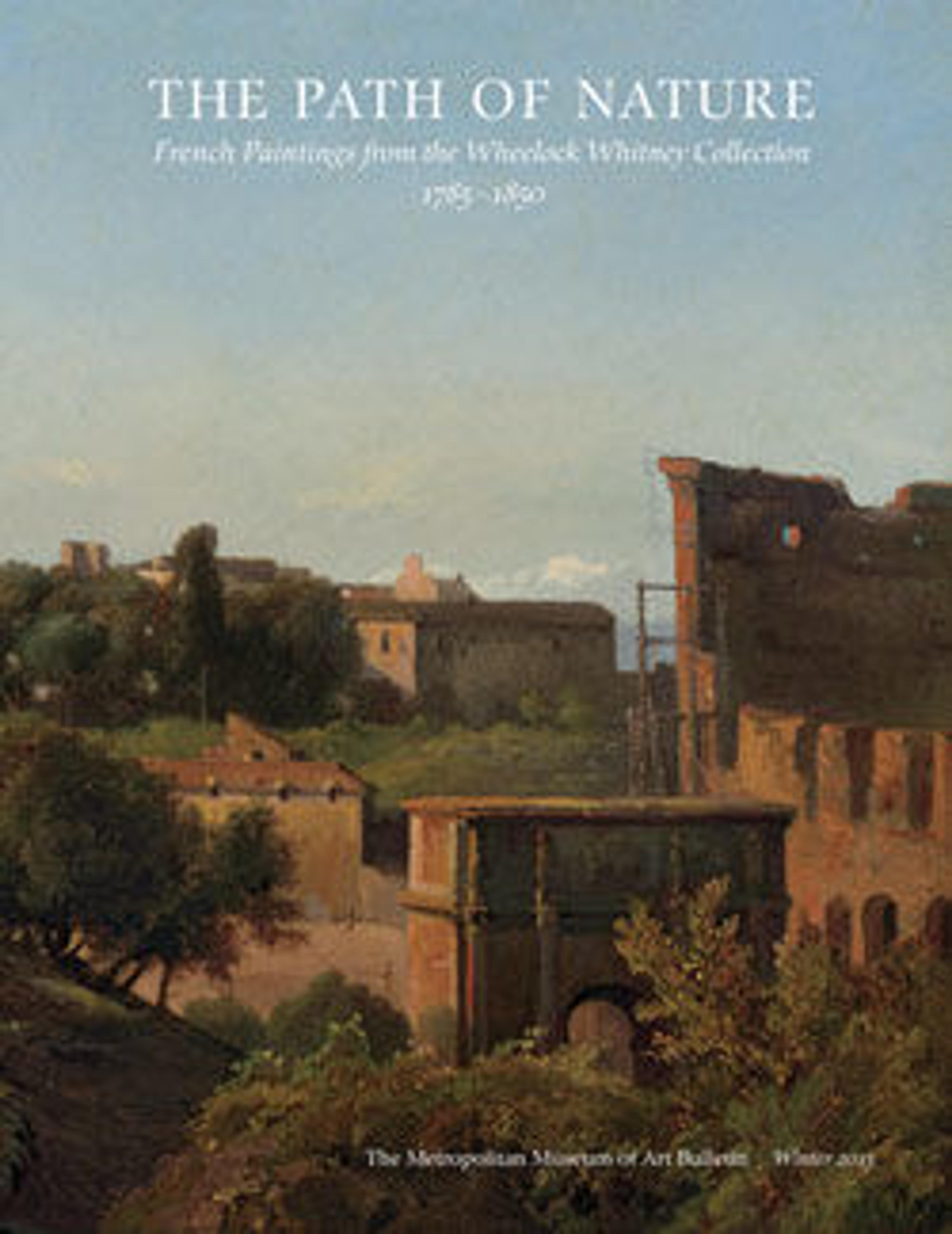Male Nude, Seen from Behind
It is difficult to differentiate the work of Hippolyte Flandrin from that of his brother Paul. The pronounced contours of this figure betray the influence of their teacher, J. A. D. Ingres, and either brother could have painted it as a study from life under his tutelage, as early as 1829–33. Alternatively, it may be a preparatory study for The Road to Calvary (1842–46), part of Hippolyte’s mural cycle for the church of Saint-Germain-des-Près, in Paris—which was executed partly by Paul.
Artwork Details
- Title:Male Nude, Seen from Behind
- Artist:Hippolyte Flandrin (French, Lyons 1809–1864 Rome)
- Artist:or Paul Flandrin (French, Lyons 1811–1902 Paris)
- Date:ca. 1829–46
- Medium:Oil on paper, laid down on canvas
- Dimensions:25 3/8 x 13 3/8 in. (64.5 x 34 cm)
- Classification:Paintings
- Credit Line:The Whitney Collection, Promised Gift of Wheelock Whitney III, and Purchase, Gift of Mr. and Mrs. Charles S. McVeigh, by exchange, 2003
- Object Number:2003.42.29
- Curatorial Department: European Paintings
More Artwork
Research Resources
The Met provides unparalleled resources for research and welcomes an international community of students and scholars. The Met's Open Access API is where creators and researchers can connect to the The Met collection. Open Access data and public domain images are available for unrestricted commercial and noncommercial use without permission or fee.
To request images under copyright and other restrictions, please use this Image Request form.
Feedback
We continue to research and examine historical and cultural context for objects in The Met collection. If you have comments or questions about this object record, please contact us using the form below. The Museum looks forward to receiving your comments.
